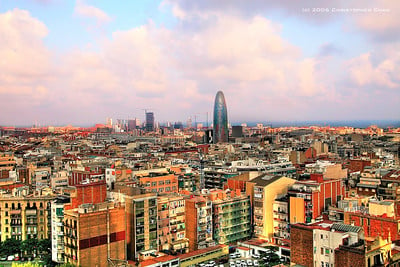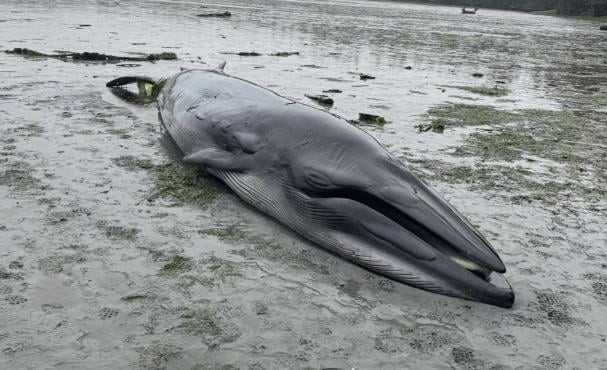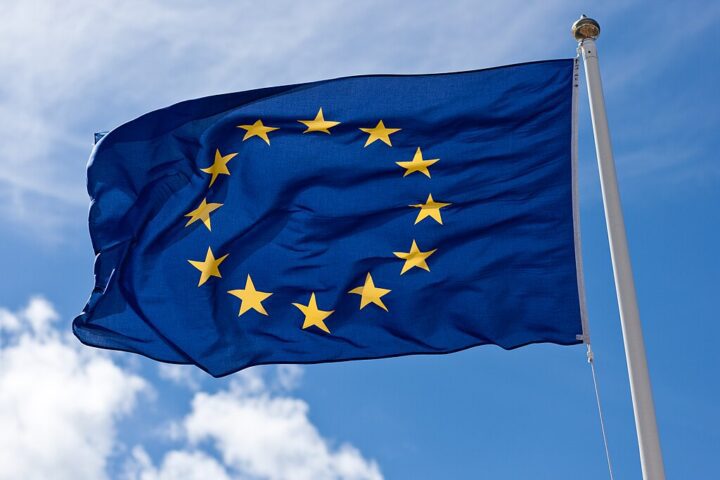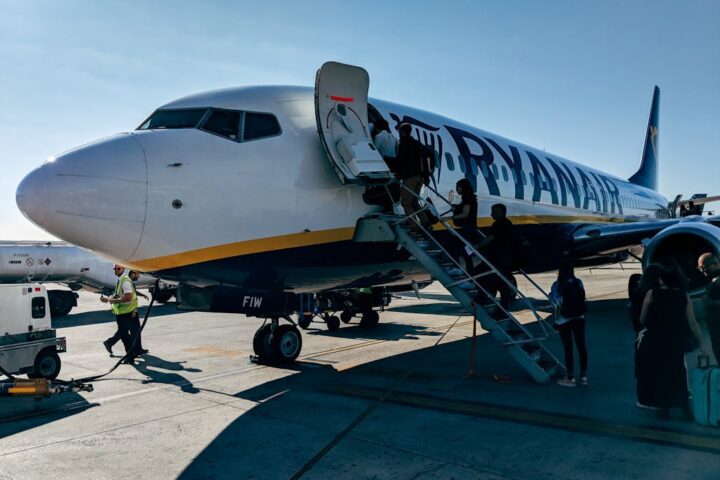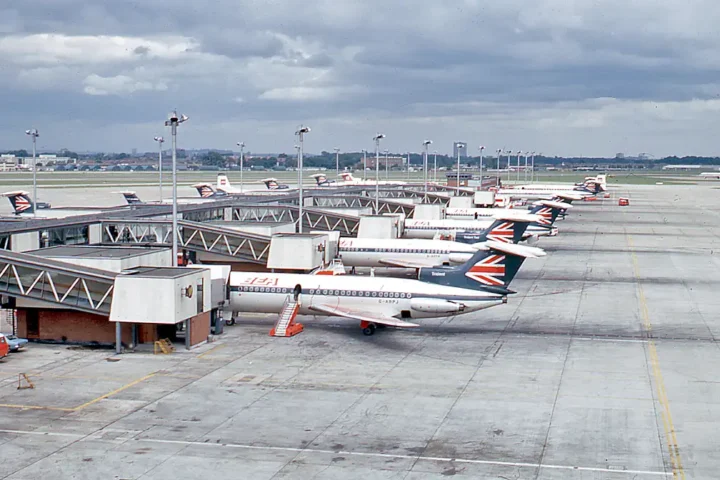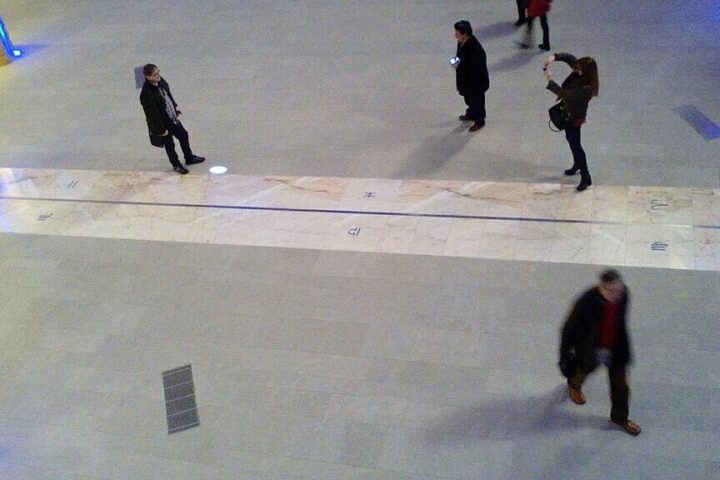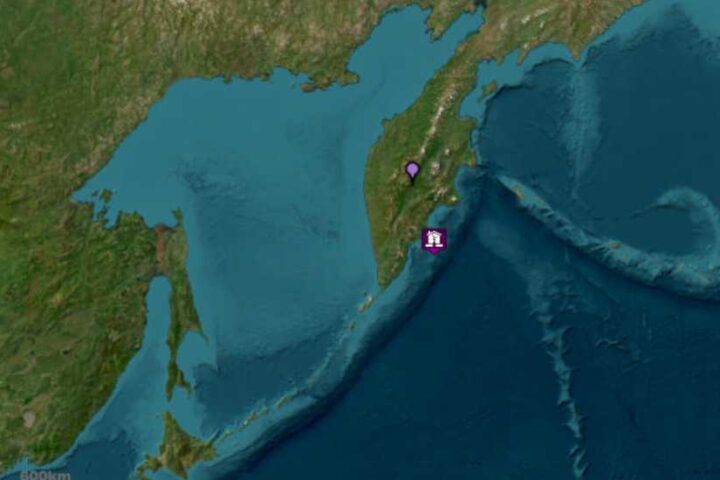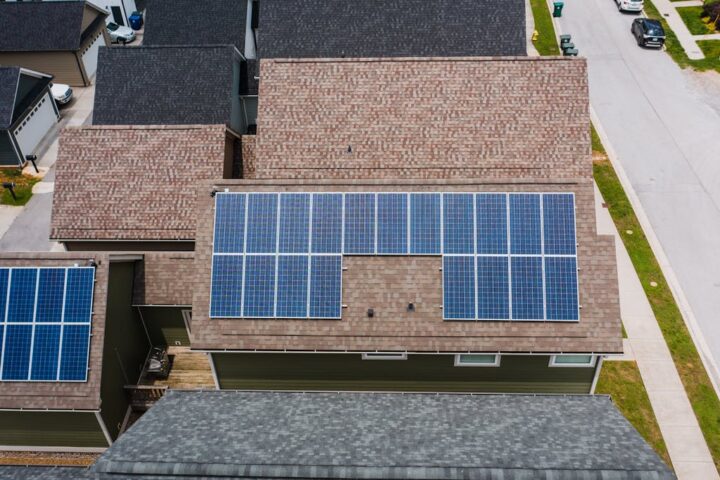Tourist taxes are rising across popular European destinations, hitting travelers with extra costs that can significantly impact vacation budgets. Venice, Barcelona, and Paris are leading this trend as they struggle to manage growing visitor numbers and fund city improvements.
These charges now add up to hundreds of dollars for a family vacation, catching many international travelers by surprise. While the amounts might seem small individually, they quickly accumulate, especially during longer stays.
“These seemingly harmless charges like ‘air tax,’ ‘eco contribution,’ or ‘sojourn fee’ can easily cost families £100+ extra per trip,” notes one travel expert tracking the changes.
Why Cities Are Adding These Fees
Cities face legitimate challenges from tourism. Millions of visitors strain public services, damage historical sites, and impact local residents’ quality of life. The taxes aim to address several issues:
Venice battles overcrowding that threatens its fragile environment and UNESCO status. Its day-tripper fee ranges from €5 to €10, depending on when travelers book.
Barcelona uses its two-part tax system to help fund infrastructure and manage housing pressures caused by short-term rentals. As of April 2024, the city portion increased to €3.25 per night in tourist accommodations.
Paris charges a “Taxe de Séjour” that varies by accommodation type – from under €1 for campsites to over €11 for luxury hotels. This helps maintain the city’s numerous attractions and public spaces.
The Different Tax Types
European tourist taxes take several forms:
- Per-night fees based on accommodation type and star rating
- Percentage charges on room rates (Amsterdam charges an additional 7%)
- Flat entrance fees for day visitors (Venice’s approach)
- Special cruise passenger charges (Barcelona adds Dh14.6 for cruise visitors)
Some cities even bundle in unusual charges – Amsterdam now includes an “air quality” fee on top of its percentage-based hotel tax, while Switzerland’s mountain regions charge for “air and views.”
Similar Posts
Impact on Travel Plans
For travelers, these taxes create a planning challenge. A seven-night stay in Barcelona with accommodation costing £81 per night would add approximately £34.10 in tourist taxes.
Los Angeles currently has the world’s highest tourist tax at £31.78 per night, followed by New York at £31.46 and Washington, DC at £30.65. In Europe, Amsterdam leads with the steepest rates after raising its fees last year.
The taxes particularly affect:
- Families and groups traveling together
- Budget-conscious travelers
- Those staying for extended periods
- Cruise passengers, who now face additional port taxes in Spain and Italy
What Travelers Can Do
Travelers should research destination tax policies before booking. Many travelers report being surprised by charges that weren’t clearly disclosed during booking.
“You might think you’re getting a great deal on flights or hotels, but these hidden taxes can add up fast,” warns one consumer finance expert.
Some travelers are changing behavior – shortening stays in high-tax cities, considering alternative destinations, or adjusting their spending in other areas to compensate for the higher costs.
The Future Trend
The tourist tax trend is expected to continue growing through 2025 and beyond. More European destinations are either introducing new fees or raising existing ones.
City officials defend these measures as necessary for sustainability and protecting their destinations’ character. They argue visitors should contribute to preserving the very attractions they come to enjoy.
Tourism industry organizations stress the importance of transparent communication about these fees and reasonable rates that don’t harm competitiveness.
For travelers planning European trips, the message is clear: factor these growing costs into your budget. The days of freely wandering Europe’s most popular cities without paying special fees are increasingly behind us.
